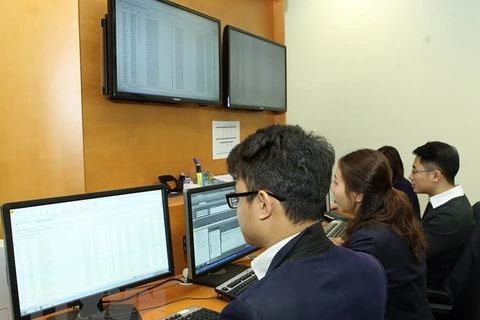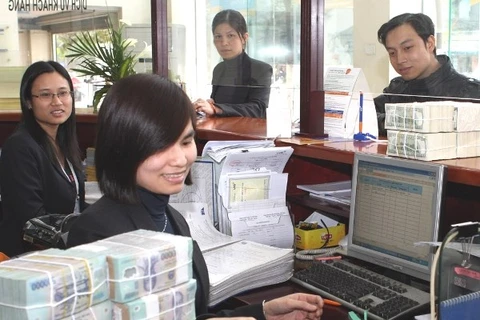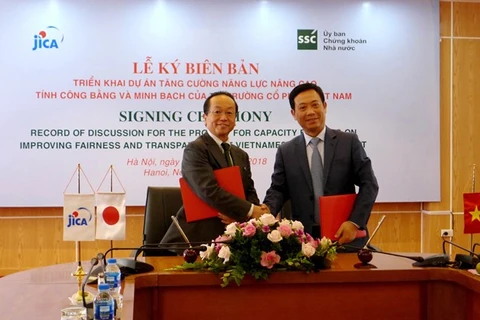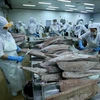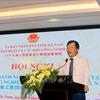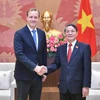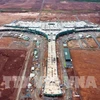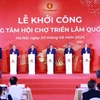Hanoi (VNS/VNA) - Vietnam remained the smallest local currency bond market among nine economies of emerging East Asia, according to the latest edition of the Asian Development Bank’s (ADB) Asia Bond Monitor.
The report, which was released on November 20, revealed that Vietnam’s bond market registered growth of 5 percent a quarter and 15.7 percent a year to reach a size of 53 billion USD as of the end of September, a reversal from the quarterly contraction of 1.4 percent in the second quarter.
In comparison, China’s bond market has an outstanding size of 9.2 trillion USD, comprising 72 percent of the regional total at the end of September. It was followed by the Republic of Korea with a bond market size of 2 trillion USD, Thailand at 337 billion USD, Malaysia at 330 billion USD, Singapore at 291 billion USD, Hong Kong at 250 billion USD, Indonesia at 185 billion USD and the Philippines at 107 billion USD.
Vietnam’s bond market was boosted mainly by the Government bond market which posted a 5.2 percent on-quarter and 14.7 percent yearly expansion to 49 billion USD.
The report pointed out that Vietnam’s corporate bond market remained small and underdeveloped but continued to expand, posting growth of 2.9 percent quarter-on-quarter in the third quarter of this year.
Vietnam’s third quarter bond yields retreated in line with lower interbank rates and improved liquidity among banks in September. The State Bank of Vietnam was expected to keep interest rates steady for the rest of the year to support economic growth and use other monetary tools to curb inflation, according to the report.
The report also pointed out that unlike other emerging East Asia bond markets, Vietnam’s debt market was not sensitive to the US monetary policy tightening as bonds were largely held by domestic investors, particularly commercial banks. However, it had been indirectly affected by the US dollar strengthening vis-à-vis most regional currencies.
Market participants in the Asian Bonds Online 2018 Liquidity Survey noted that market conditions were more affected by trade tensions between the US and China, partly because these two markets are among their largest trading partners.
The report forecast that short-term risks would continue to cast a shadow over emerging East Asia’s local currency bond markets. However, they should be able to weather the challenges so long as the region’s policymakers remain vigilant.
“Concerns about emerging markets are looming, but ultimately Asia’s strong fundamentals should attract investors back to the region’s local currency bond markets,” said ADB Chief Economist Yasuyuki Sawada. “That said, the region’s policymakers must closely monitor developments and keep up their guard against potential shocks.”
Short-term risks included general risk aversion toward emerging markets, faster-than-expected hikes in US interest rates, and escalating global trade tensions. Depreciation of regional currencies and capital outflows posed further risks to the region’s financial stability, according to the report.-VNS/VNA
VNA

